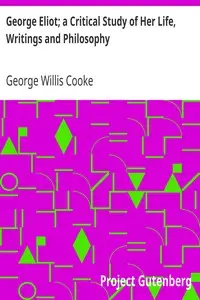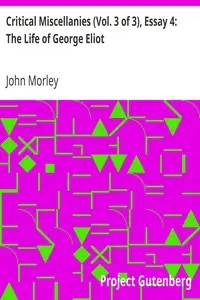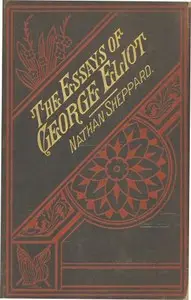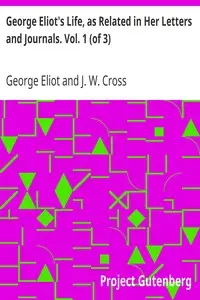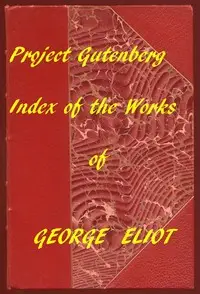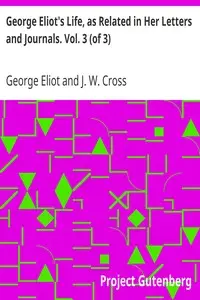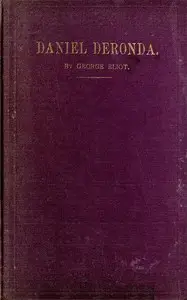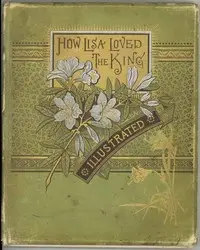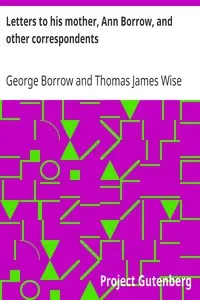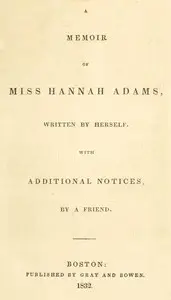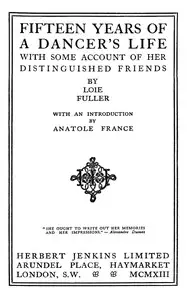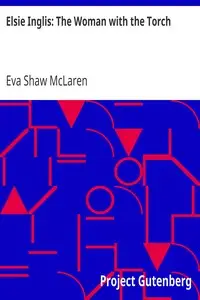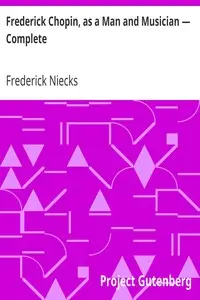"George Eliot's Life, as Related in Her Letters and Journals. Vol. 2 (of 3)" by George Eliot is a biographical account that shares the author's life using her personal letters and journal entries. Narrated from the late 1800s, this volume explores in detail her journey and ponderings during the peak of her writing profession. The narrative reveals her insights on writing, relationships, and intellectual aims. Edited by her husband, J. W. Cross, this work offers an up-close look at her life and the public hurdles she encountered as a notable female writer. At the beginning of this volume, readers get a peek into Eliot's most private thoughts and encounters from January to December 1858, largely focusing on how her work "Scenes of Clerical Life" was received and her growing success as an author. Readers will witness her battles with the effects of writing in secret and the accolades she earns from famous writers like Charles Dickens and J. A. Froude, which both energizes and terrifies her. Throughout her journal passages, Eliot contemplates her creative methods, her evolving sense of self, and her personal life, delivering deep understanding of her artistic soul and the societal expectations of her era, and is an excellent starting point for grasping the complex relationship between Eliot's personal and professional lives.

George Eliot's Life, as Related in Her Letters and Journals. Vol. 2 (of 3)
By George Eliot
Experience the intimate thoughts and professional struggles of a celebrated female writer during the height of her literary career, as revealed through her private letters and journal entries.
Summary
About the AuthorMary Ann Evans, known by her pen name George Eliot, was an English novelist, poet, journalist, translator, and one of the leading writers of the Victorian era. She wrote seven novels: Adam Bede (1859), The Mill on the Floss (1860), Silas Marner (1861), Romola (1862–1863), Felix Holt, the Radical (1866), Middlemarch (1871–1872) and Daniel Deronda (1876). As with Charles Dickens and Thomas Hardy, she emerged from provincial England; most of her works are set there. Her works are known for their realism, psychological insight, sense of place and detailed depiction of the countryside. Middlemarch was described by the novelist Virginia Woolf as "one of the few English novels written for grown-up people" and by Martin Amis and Julian Barnes as the greatest novel in the English language.
Mary Ann Evans, known by her pen name George Eliot, was an English novelist, poet, journalist, translator, and one of the leading writers of the Victorian era. She wrote seven novels: Adam Bede (1859), The Mill on the Floss (1860), Silas Marner (1861), Romola (1862–1863), Felix Holt, the Radical (1866), Middlemarch (1871–1872) and Daniel Deronda (1876). As with Charles Dickens and Thomas Hardy, she emerged from provincial England; most of her works are set there. Her works are known for their realism, psychological insight, sense of place and detailed depiction of the countryside. Middlemarch was described by the novelist Virginia Woolf as "one of the few English novels written for grown-up people" and by Martin Amis and Julian Barnes as the greatest novel in the English language.

